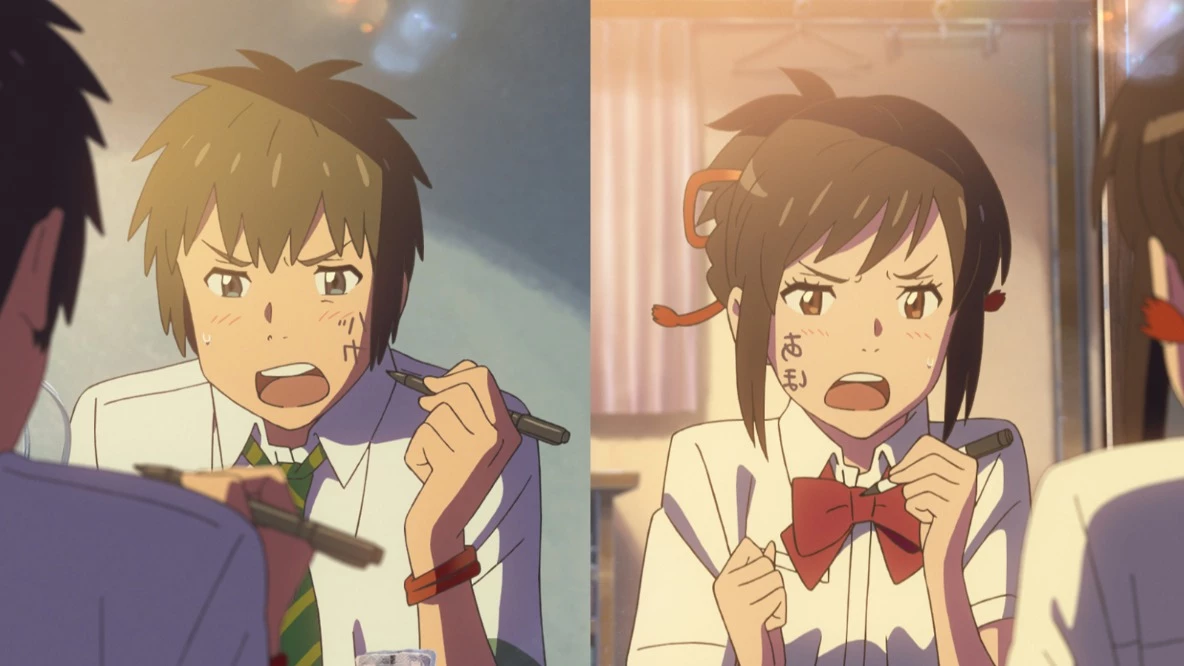Anime isn’t just visual art—it’s an emotional language. Every sigh, silence, and exclamation carries meaning that’s easy to lose in translation. Subtitlers tackling Japanese to English localization walk a tightrope between accuracy and emotional authenticity. They must convey not only what characters say, but how they feel. From pacing to punctuation, every choice shapes the audience’s emotional experience. Let’s dive into ten creative tactics anime subtitlers use to preserve emotion and rhythm when localizing for English-speaking fans.
1. Adapting Tone Through Phrasing
Rather than directly translating, subtitlers match the emotional intent of dialogue. For instance, “Yatta!” becomes “Yes!” or “I did it!” depending on tone and context.
2. Timing Subtitles with Breath and Pause
Japanese pacing differs from English rhythm. Subtitlers time captions to match character breathing, ensuring emotion aligns with delivery.
3. Preserving Silence
Silence in anime is powerful. Instead of filling every pause with text, subtitlers often leave moments blank—letting the viewer feel tension or reflection naturally.
4. Using Typography Emotionally
Some subtitles use italics, capitalization, or ellipses to mimic tone shifts or hesitation, enhancing emotional realism.
5. Translating Cultural Emotion, Not Words
Phrases like “ganbatte!” don’t have perfect English equivalents. Subtitlers choose context-driven replacements like “You’ve got this!” or “Do your best!”
6. Keeping Honorifics Strategically
Sometimes *-san* or *-kun* stays untranslated to preserve relationship nuances. Removing them risks flattening emotional hierarchy.
7. Adjusting for Screen Space and Readability
Subtitles must be concise yet expressive. Translators often trim text while retaining core emotional essence to keep pace with fast scenes.
8. Emphasizing Sound Cues
Japanese emotional cues—like a sharp “eh?” or drawn-out “nee”—can be replaced with tone markers or punctuation to preserve liveliness.
9. Adapting Humor with Empathy
Humor tied to culture or wordplay is localized using situational equivalents. Subtitlers recreate intent, not the literal joke.
10. Collaborating Closely with Editors and Directors
Successful subtitling is teamwork. Translators sync with directors to ensure timing and emotional tone match the creator’s vision.
Conclusion
Anime subtitling is an art of empathy. The goal isn’t to replicate every syllable—it’s to recreate the emotional heartbeat of each scene. By blending creativity, timing, and cultural intuition, subtitlers ensure that English audiences laugh, cry, and cheer exactly as the original Japanese intended.
FAQs
1. Do subtitlers change dialogue intentionally?
Yes—to match tone, timing, and audience understanding while keeping meaning intact.
2. Why keep Japanese words like “senpai”?
They convey cultural relationships English can’t easily replicate.
3. Are English subtitles always accurate?
They prioritize emotion and pacing over literal accuracy.
4. What’s the hardest part of anime subtitling?
Balancing cultural faithfulness with screen readability.
5. Why does timing matter in subtitles?
Because emotion lives in rhythm—perfect timing amplifies impact.


